
adidas originals NMD_R1 'Logo Strip - Cloud White' FV8727, Men's Fashion, Footwear, Sneakers on Carousell

Platypus Shoes - Some FRESH newness from the brand with three stripes 🤩 Shop the @adidasau NMD_R1 in-store and online now: https://www.platypusshoes.com.au/mens-nmd-r1-fv8727-wht.html | Facebook

adidas originals NMD_R1 'Logo Strip - Cloud White' FV8727, Men's Fashion, Footwear, Sneakers on Carousell


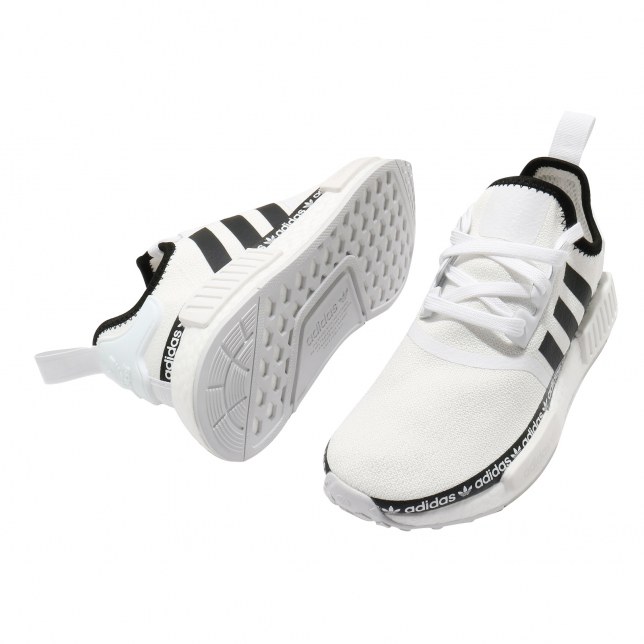

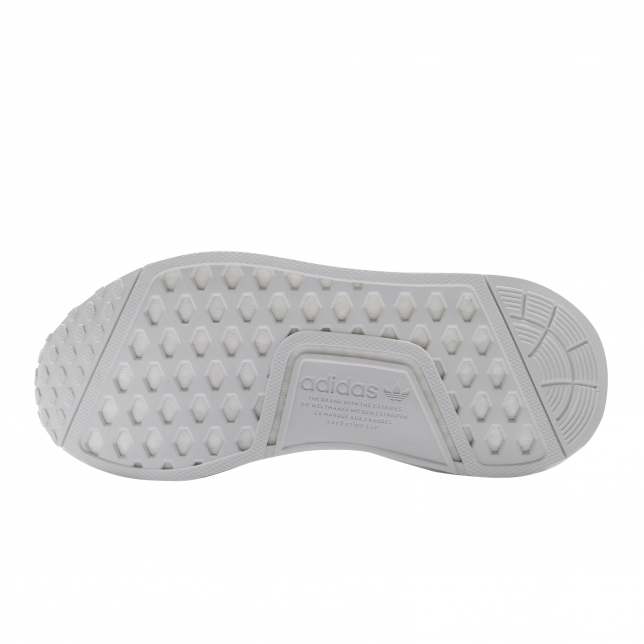

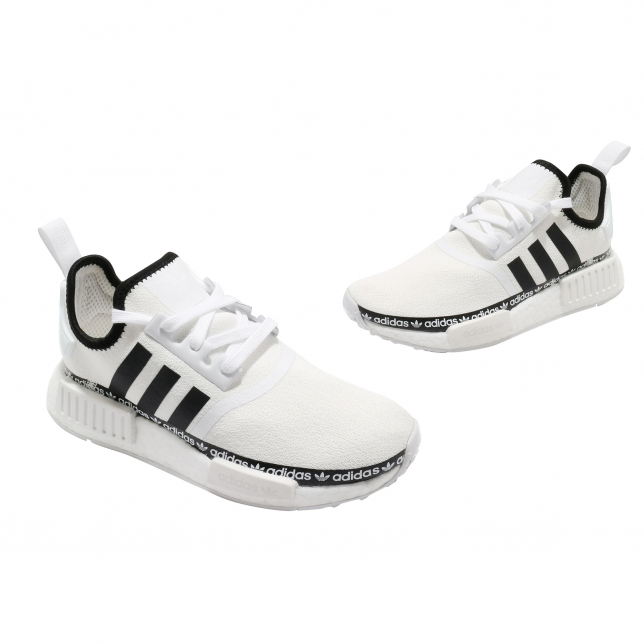
/adidas-buty-nmd-r1-fv8727-bialy.jpg)

![FV8727] Mens Adidas NMD_R1 | eBay FV8727] Mens Adidas NMD_R1 | eBay](https://i.ebayimg.com/images/g/EaQAAOSwGhVjZUSS/s-l1200.jpg)

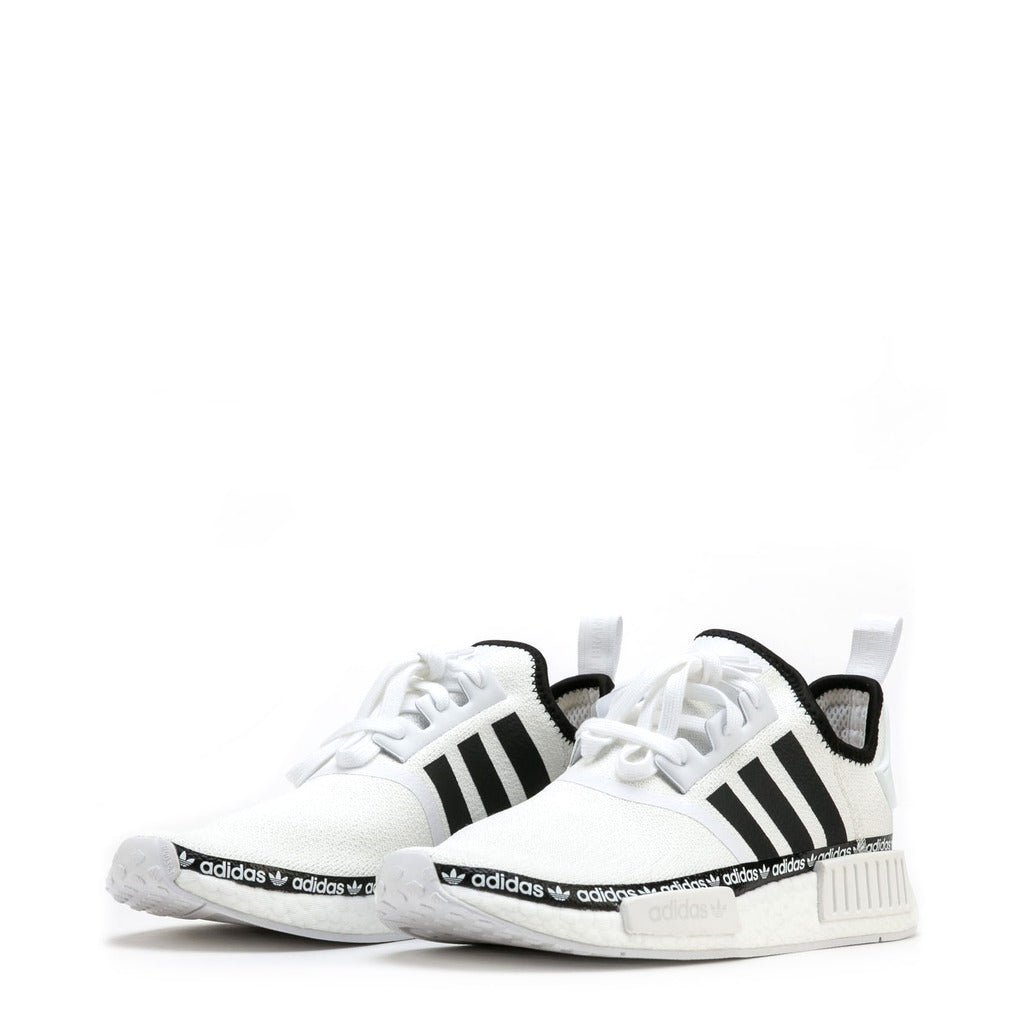

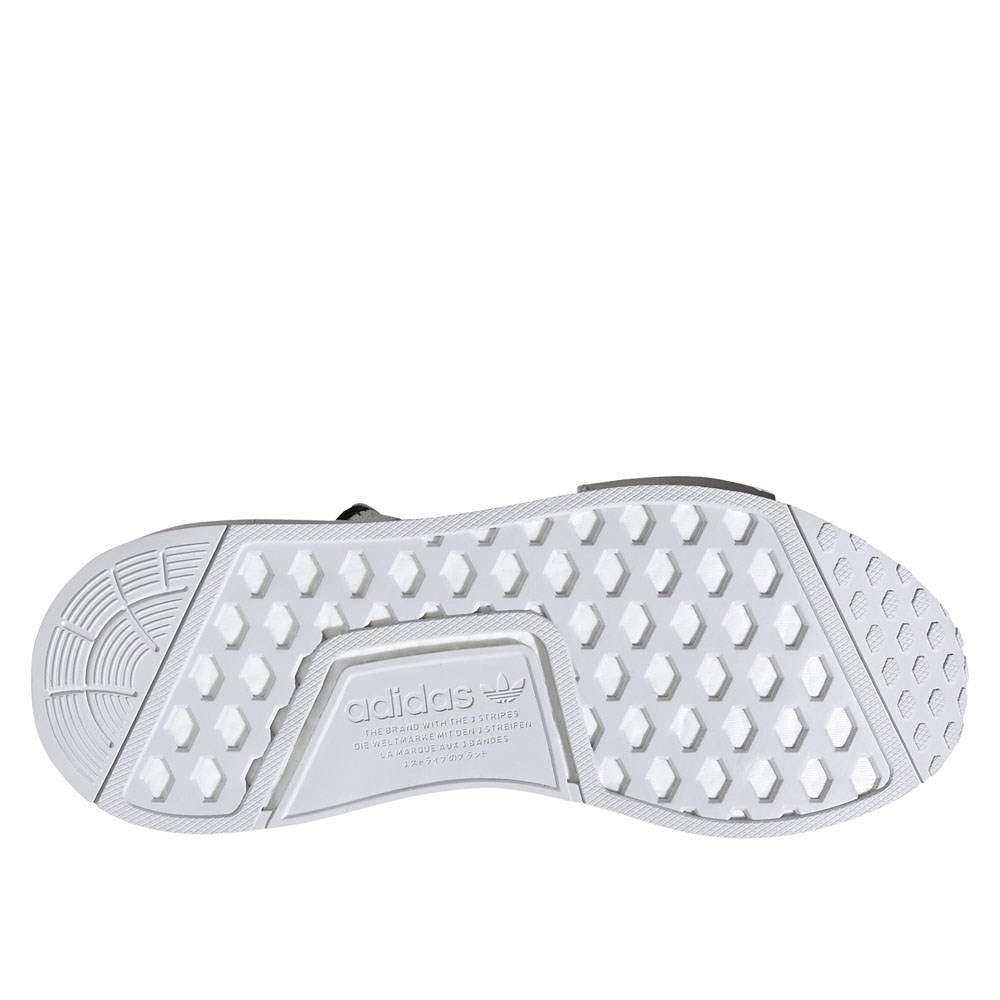
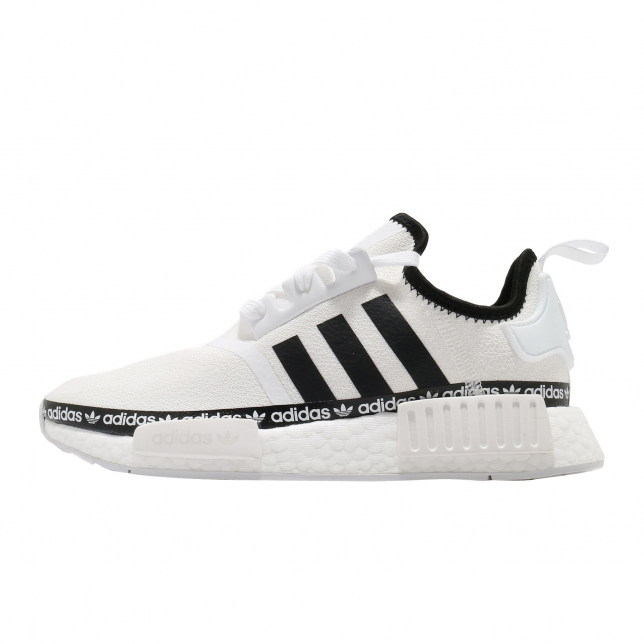

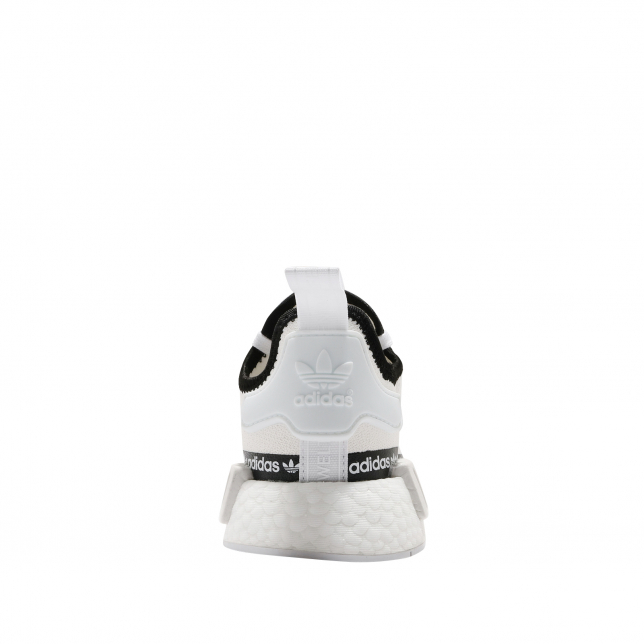
![FV8727] Mens Adidas NMD_R1 | eBay FV8727] Mens Adidas NMD_R1 | eBay](https://i.ebayimg.com/images/g/RiwAAOSwiRxjZUSP/s-l1200.webp)
![FV8727] Mens Adidas NMD_R1 | Kixify Marketplace FV8727] Mens Adidas NMD_R1 | Kixify Marketplace](https://4.kixify.com/sites/default/files/imagecache/product_full/product/2023/07/06/p_34646746_199303053_7637986.jpg)

![FV8727] Mens Adidas NMD_R1 | eBay FV8727] Mens Adidas NMD_R1 | eBay](https://i.ebayimg.com/images/g/MsIAAOSw4XhjZUSQ/s-l1200.jpg)
